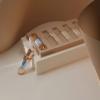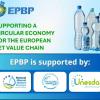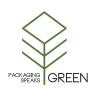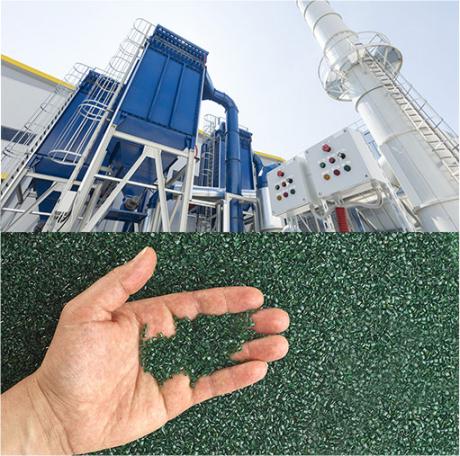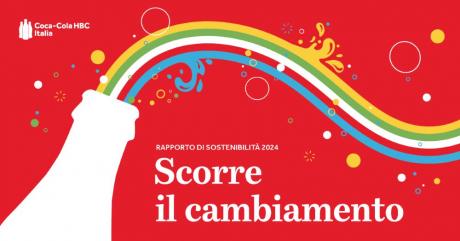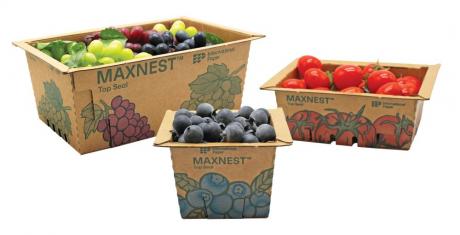A recent study by The Business Research Company estimates that in 2022 the global market for recyclable packaging will reach a value of 28.3 billion dollars with a growth rate of +7.2% compared to 2021 and will climb to 34.2 billion dollars by 2026. Eco-friendly packaging therefore emerges as a key trend in the market because it is biodegradable, reusable, non-toxic and can be produced from recycled materials. The use of environmentally friendly packaging is increasingly being prioritized precisely because it can reduce the carbon footprint and promote a green lifestyle which helps save energy and prevent pollution. Just say that, as reported by Bakeryandsnacks.com, one in two American consumers (47% of the population, to be exact) say they would be willing to pay extra cost for a product offered in sustainable packaging, while two thirds (64%) indicate the recyclability of packaging as a fundamental factor in the purchase process, a percentage that rises to 69% in the age group between 18 and 29 years.
In Germany, on the other hand, according to a survey conducted by Ipsos, 77% of consumers wants as little packaging as possible and 63% would consider changing their shopping habits if this criterion were not met. A global trend that is also influencing the market in Italy where, according to Osservatorio Immagino GS1, in just one year the products which explicitly communicate on their label how to manage the packaging after consumption have grown by 5% (35.9% of the total sold by large retailers). This is what emerges from a series of in-depth studies conducted on the main international media in the sector.
According to the media, the most curious trends in recyclable packaging production include:
- marine algae, a natural and sustainable ingredient for disposable, edible and 100% biodegradable packaging;
- grass cardboard, 100% recyclable and compostable, with chemical-free processing of raw materials;
- oyster paper, obtained from waste residues from leather production processes.


